Rules for connecting an RCD to a single-phase network without grounding: the best schemes + operating procedure
A single-phase electrical network is common for every household. Regardless of whether a private house or a municipal apartment is being operated, users in any case actively consume electricity.
This type of energy, however, cannot be considered completely safe. Therefore, an urgent task is to connect an RCD to a single-phase network without grounding - a special device that significantly increases the degree of safety when using electricity.
Let's look at the most common schemes for connecting an RCD to a single-phase network together, and also determine the procedure for connecting.
The content of the article:
A general view of security modules
Despite the construction of wiring diagrams of electric lines, made according to the approved rules, the risk of electric shock always remains. Therefore, it is important to take care of safety in a timely manner.
Protective shutdown device - this is how the layout of the abbreviation "RCD" is interpreted in the technical language.
From the point of view of the design, it does not look the most complicated way among modern electrical equipment. Nevertheless, the protection functions are performed in a sufficiently high quality and reliable manner.

It should be noted that there are varieties of RCDon the basis of which, in each case, a certain protective scheme is organized:
- guaranteeing safety of touch;
- proactive technical damage;
- counteracting fire hazard.
Each device with specific functionality differs from other designs in operating parameters, in particular - rated current and cutoff current.
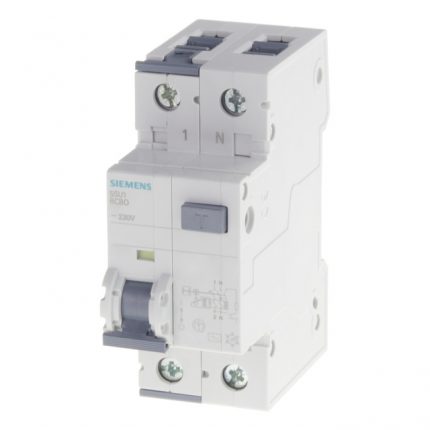
The most sensitive device, of course, is an RCD, designed to block the power source in case people accidentally touch the live parts of the circuits. The current cutoff range for such devices is in the range of 10-30 mA.
The best schemes for connecting an RCD
For household electrical power lines, the introduction of an RCD without a “ground” is characteristic. The main share of circuit solutions in the household sector is precisely the single-phase wiring, where, in principle, there are only two lines: phase and zero.
Features of circuits without grounding
The circuit diagram of the electrical circuit without grounding is necessarily carried out taking into account the inclusion of automatic protection for "short circuit" (short circuit) and overload current.
This is an obvious factor, because individual RCD devices are not designed to protect against such phenomena. These devices save only from leakage currents.
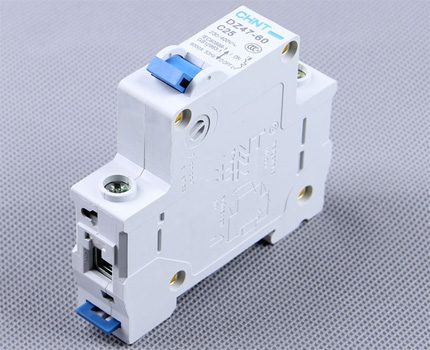
The range of cut-off currents and technical characteristics of circuit breakers are somewhat different from the operating parameters of protective RCDs.
Meanwhile, there are universal cut-off devices that combine in one device the functions of a circuit breaker and protection against inadvertent contact with live busbars.
Each protective device constructively involves switching both conductors of the supply cable - phase and zero.
At the same time, when installing the wiring, it is necessary to accurately connect the conductors to the working terminals. Incorrect installation threatens to damage the protection device, which will lead to inoperability of the protective system as a whole.
Classic inclusion
Depending on the technical load (the number of household appliances) and the number of premises, a single complete network or a network consisting of several subnets can be operated in an apartment or house.
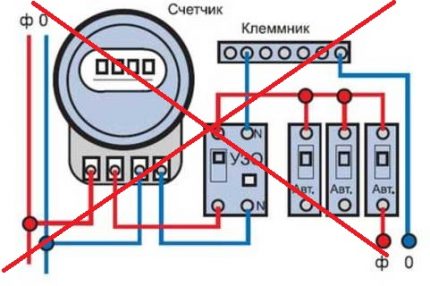
For the first case, usually one RCD device is enough for the organization of protective shutdown. Based on the parameters of the current consumed or the total power consumption, in this case, a protective device is selected according to the rated current and determined with the cutoff current.
For the second option, appliances are deployed to each of the existing subnets. Moreover, as a rule, all installed RCDs are supplemented by circuit breakers designed for the power consumption of a particular subnet.
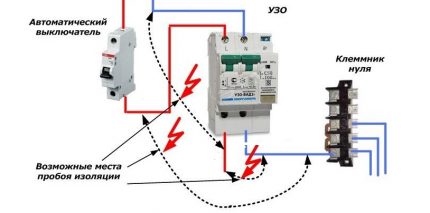
The classic implementation of the circuit diagram for the inclusion of RCDs "without land" is traditionally performed as follows:
- The main power cable, consisting of two cores (phase, zero), is fed to the machine.
- From the circuit breaker, both conductors lead to the meter.
- Further, from the electric meter, two power wires are connected to the input terminals of the RCD.
After the protective device, for the option without subnets, the redundant circuit breaker can not be set, but in some cases, experts recommend this.
If a scheme with subnets is used, then after an RCD, a separate machine must be put on each branch.

Thus, the phase conductor extending from the protection device feeds the operating networks through additional circuit breakers.
The zero core, also passing through the circuit of the cut-off device, is output to the common zero bus, from where it is distributed along the zero discharge lines to connect the load.
What is the best RCD connection scheme?
Better or worse scheme - these concepts are purely superficial. How effective this or that scheme can be - that is the question.
And here, even a layman understands that a multistage option, where different levels of protection are used, seems more effective than any other simplified one.
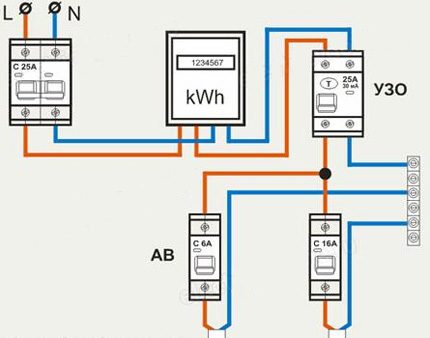
Therefore, the scheme of the power supply device with subnets, when one common RCD and additional protection devices on each of the branches of the electric circuit are used, clearly looks preferable.
The construction of such a scheme, as a rule, involves the installation of a main protective device with a cut-off current of 100-300 mA. And additional devices distributed over individual branches of the common circuit have a cutoff current of no higher than 30 mA.
This way provides double protection - fire and in case of accidental contact.
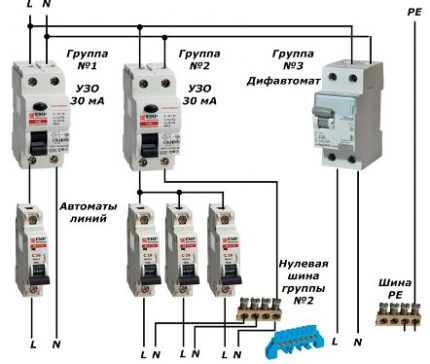
The advantages of constructing a power grid in this way are also manifested in the fact that in the event of a trip, only a separate section of the household wiring is usually turned off, and not a common power zone. Under such shutdown conditions, it is much easier to detect the place of current leakage.
On the other hand, the so-called extended circuit of the inclusion of RCDs without grounding is burdensome for the user, in terms of increasing construction costs.
It is clear that in order to build a multi-stage protection, in this case more substantial financial injections will be required than under the simplified version.
The scheme of the use of RCD in a private house
Municipal buildings usually do not pose special problems with protection functions, with the exception of frankly old buildings.
Networks of municipal houses are usually serviced by a service. But in a private house, owners often have to resolve such issues on their own.
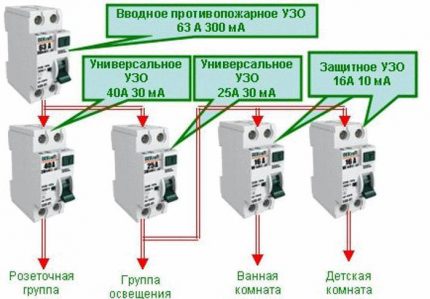
True, amateur performance in such matters is not recommended. And if you want to organize a reliable connection scheme using RCD, you should contact the power engineers.
Private house-building projects, especially modern buildings, are characterized by sufficiently complex schemes of protection solutions for energy supply.
Consider one of them for a device in a private house:
- In total, 5 protective devices with a spread of cut-off currents from 10 to 300 mA are used.
- As the main protection against "short circuit" and possible fire, an RCD 300 mA is used.
- Two universal 30 mA devices are used for lighting and a socket group.
- Highly sensitive 10 mA devices are installed on the power line of rooms with an aggressive environment and where increased protection is required.
- The common circuit is divided into subnets depending on the purpose.
The functionality of such a scheme can be described as follows. The first device - RCD 300 mA - performs the functions of fire blocking.
However, this device is characterized by a cut-off upon the fact of the total leakage current from all subnets, if this value exceeded the permissible parameter.
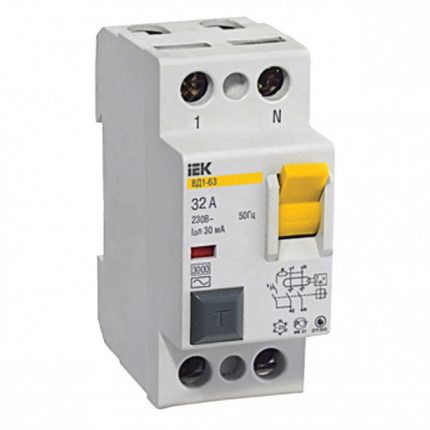
Following the fire system, a universal one is activated, which guarantees operation in case of detection of short-circuit and current leaks over 30 mA.
The service area for the RCD of this subnet is the line that supplies the lighting devices and the outlet group.
Finally, a kind of third protective stage is formed by highly sensitive 10 mA devices, which in fact serve areas where conditions require an extraordinary approach - a bathroom, a children's room.
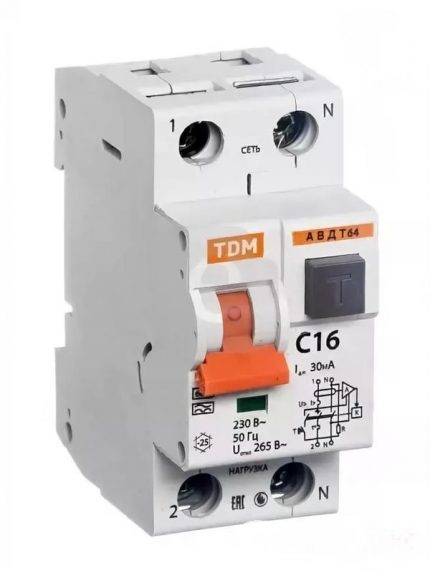
Protection option for a summer house
Modern projects of summer cottages are increasingly becoming a full-fledged construction infrastructure, which is in no way inferior to the residential sector for permanent residence. Obviously, the factor of comprehensive protection is becoming relevant for country houses.
However, in relation to such households, the requirements for electrical safety, as a rule, are somewhat underestimated in comparison with the real residential sector.
Therefore, here traditionally used simplified circuit solutions using universal RCD for a cut-off current of 30 mA.
With this type of protective device, quite effective protection is provided in case of unintentional contact with areas of electricity where current leakage is possible.
In addition, this same instrument design provides a lock in case of technical damage to equipment or wiring.
In addition to RCDs, the cottage wiring is also equipped with circuit breakers - usually one at a time on the line of light and the line of electrical outlets.
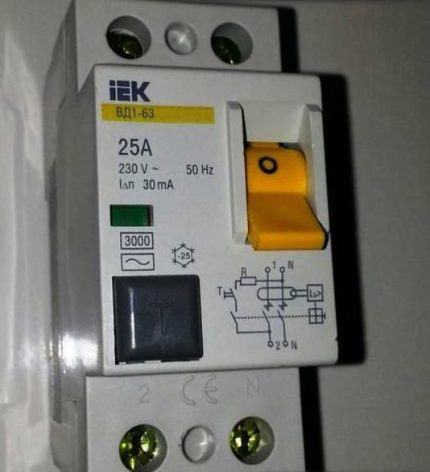
If the operation of additional equipment is required, it is connected to an existing circuit through an additional circuit breaker.
Connection procedure
First of all, care should be taken to comply with all required safety measures when performing this type of work.
Turn off the power at the installation site, provide the process with a working tool.
Then you have to follow a number of rules when performing electrical work:
- Installation is carried out strictly according to the previously prepared scheme.
- The device is mounted inside an electrical panel next to the machines.
- The device fixed in the shield is connected to other components through conductors with a cross section of at least 2.5 mm (copper). It is important to use withconnection hemsdeposited on the body of the protective device.
- After completing the installation and wiring of the conductors, check the correctness of the connections and apply power to the section.
- Check the operation of the device by activating the "Test" button.
As a rule, a correctly selected device successfully passes the test mode.
If this did not happen - the device did not work, which means that the calculations were performed incorrectly or there are any defects in the device circuit. Then the RCD should be replaced.
Conclusions and useful video on the topic
The clip talks about the nuances and shows the details of connecting the protective device in the operating conditions of the electrical wiring made according to the TN-C system.
Comprehensible explanations of the author about the work of RCDs in such conditions and practical demonstrations:
At the end of the review material of possible circuit configurations with RCD, it is necessary to note the relevance of using these devices. The introduction of residual current cut-off devices is a significant increase in the level of safety when using electric networks. The main thing is to choose and connect devices correctly.
If you have experience connecting RCDs to single-phase networks without grounding, please share it with our readers. Tell us what points you should definitely pay attention to, maybe you know some subtleties of the connection that we did not mention in our material? Leave your comments and ask questions in the block under the article.

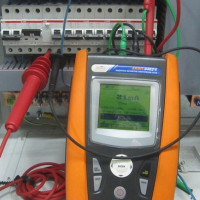 Rules for connecting RCDs to a single-phase network with grounding: briefing on the work
Rules for connecting RCDs to a single-phase network with grounding: briefing on the work 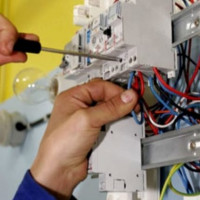 RCD for a water heater: selection criteria + schemes and connection rules
RCD for a water heater: selection criteria + schemes and connection rules 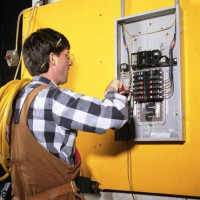 How to connect an RCD: circuits, connection options, safety rules
How to connect an RCD: circuits, connection options, safety rules  Features of connecting automatic machines and RCDs in the shield: circuits + installation rules
Features of connecting automatic machines and RCDs in the shield: circuits + installation rules  How to connect a differential machine: possible connection schemes + step-by-step instructions
How to connect a differential machine: possible connection schemes + step-by-step instructions  Fire RCD: selection recommendations, rules and installation diagrams
Fire RCD: selection recommendations, rules and installation diagrams  How much does it cost to connect gas to a private house: the price of organizing gas supply
How much does it cost to connect gas to a private house: the price of organizing gas supply  The best washing machines with dryer: model rating and customer tips
The best washing machines with dryer: model rating and customer tips  What is the color temperature of light and the nuances of choosing the temperature of the lamps to suit your needs
What is the color temperature of light and the nuances of choosing the temperature of the lamps to suit your needs  Replacement of a geyser in an apartment: replacement paperwork + basic norms and requirements
Replacement of a geyser in an apartment: replacement paperwork + basic norms and requirements
Perhaps, according to the rules, it is necessary to apply one of the above schemes in a private house, but in reality I have not seen anyone have an automatic machine in each room. I live in a private house myself. I read the article and wonder. And where do I need to stick the automatic machine for the bathroom? Or for the nursery? Probably, it means the presence of a distribution board in the house. And did the author ever consider how much such a wiring would result in?
Believe me, this is much cheaper than rebuilding a burnt house.
Good afternoon, Igor.
Most likely, you built your house without a "mess" with the designers, otherwise you would have been given a power supply scheme of good quality - with an input shield, functionally separated by a group network. By the latter I mean separate lines going from the house panel to lighting different rooms, to outlet groups of rooms, etc.
Such a separation of the apartment or cottage network is recommended by PUE, other regulatory documents. All also include the installation of RCDs. Mandatory requirements are for municipal apartments. If this is laid down by "officials" for the subordinate sphere, then a private person who cares about himself more than the state should at least adhere to the PUE.
On the high cost of “wiring” - for a two-story cottage with 120 squares, the total cost of an electrician is slightly more than $ 100 thousand. The cost of such a house in the province does not exceed ₽4 million.
A screenshot of the text from SP 31-110-2003 - attached.